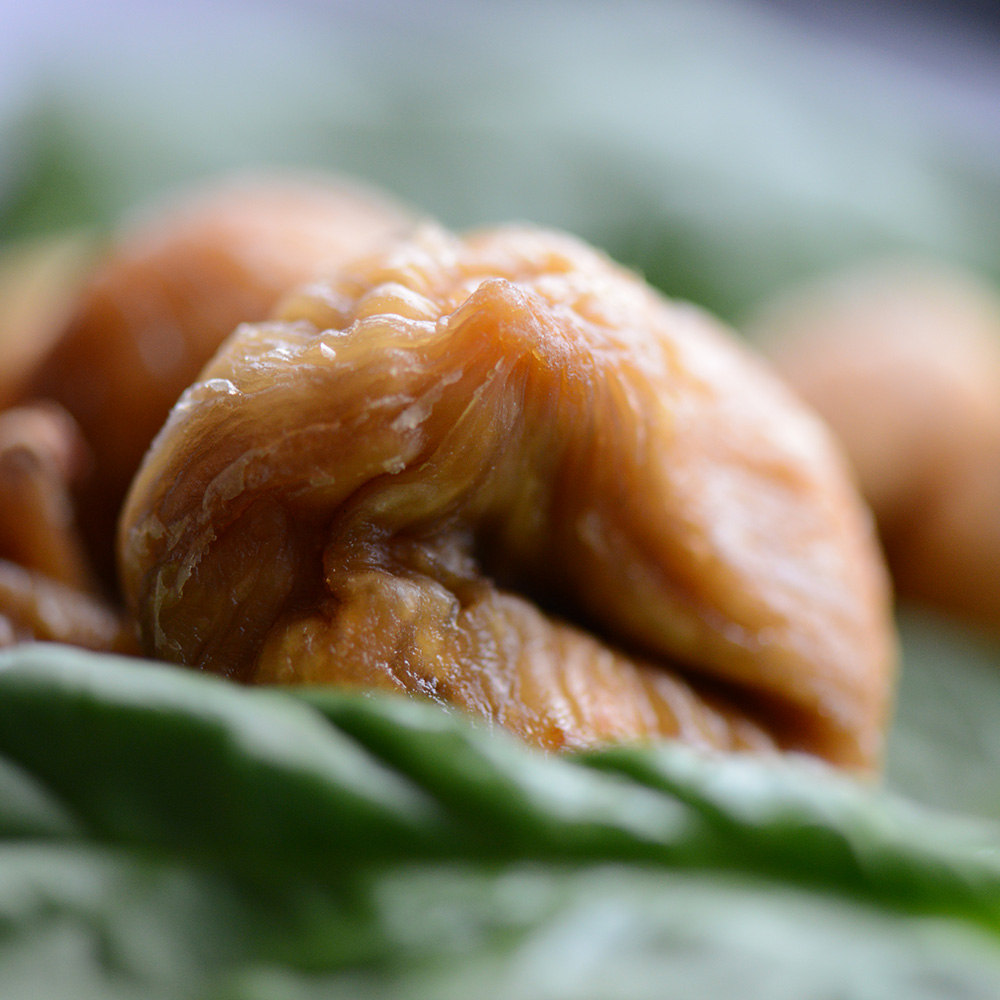The large intestine is a hollow, tubular muscular organ that forms the terminal portion of the gut. It extends from the ileocecal valve to the anus. It is about 1.5 meters long and constitutes about a fifth of the entire gut length. Anatomically, it is composed of the cecum, colon, rectum and the anal canal. Based on the direction of flow of food material, the colon is further subdivided into the ascending, transverse, descending and sigmoid portions. No digestion takes place in the large intestine. It is tasked with absorption of water from the undigested food material; hence, making the stool hard. It is also responsible for absorption of vitamins B and K which are synthesized in the colon after breakdown of undigested food by the intestinal bacteria. It also contributes to the immune function of the body via production of antibodies through lymphoid tissue in its walls. Most importantly, the large intestine is responsible for expelling fecal waste from the body.



